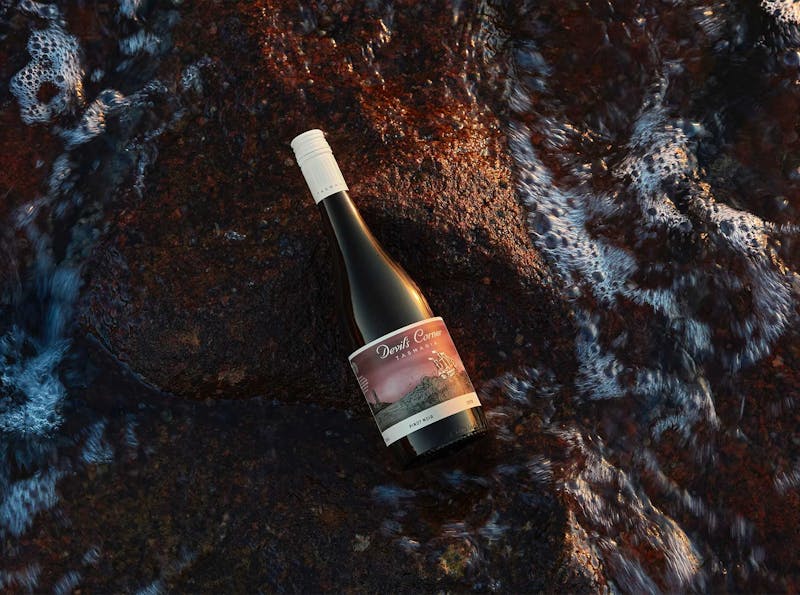News
What Does Terroir Mean?
Wed 16 Oct 2024
When you’re enjoying a glass of wine, there’s more to what you're sniffing and sipping than just grape.
Beneath those silky tannins or notes of citrus, cherry and spice lies something a little deeper: a connection to the land, soil, climate, and culture that produced it. This is terroir, a French term that loosely translates to “sense of place.”
Breaking down Terroir
Climate
Climate is the foundational layer of terroir. Regions with cooler climates, like Tasmania, are known for producing wines with higher acidity and bright, crisp fruit flavours. In contrast, warmer areas foster bold, fruit-forward wines with richer body and lower acidity. But even within one region, microclimates—tiny variations in sun, wind, and temperature—can impact grape ripening. This is why wines from the south side of a vineyard might taste different from those on the north side, even if the vines are just a few metres apart.
Soil
Soil doesn’t just hold the vines in place; it’s the source of crucial nutrients and minerals that contribute subtle flavours and structure to the wine. Limestone-rich soils, like those in France’s Champagne region, produce wines with notable minerality, while volcanic soils in places like Sicily impart a unique richness and depth. Tasmanian wines, for instance, are shaped by a complex soil profile, including sandstone, clay, and volcanic soils, which all lend distinctive minerality and texture to the island’s wines.
Topography
Elevation, slope, and proximity to bodies of water all influence how vines grow. Higher altitudes bring cooler temperatures, while slopes can affect drainage and sun exposure. Vineyards on steep hillsides may produce wines with more concentrated flavours, as the vines work harder to thrive. In Tasmania, vineyards are often close to the coast, where the maritime influence tempers summer heat, preserving the acidity and delicate aromatics in wines like Pinot Noir and Chardonnay.












